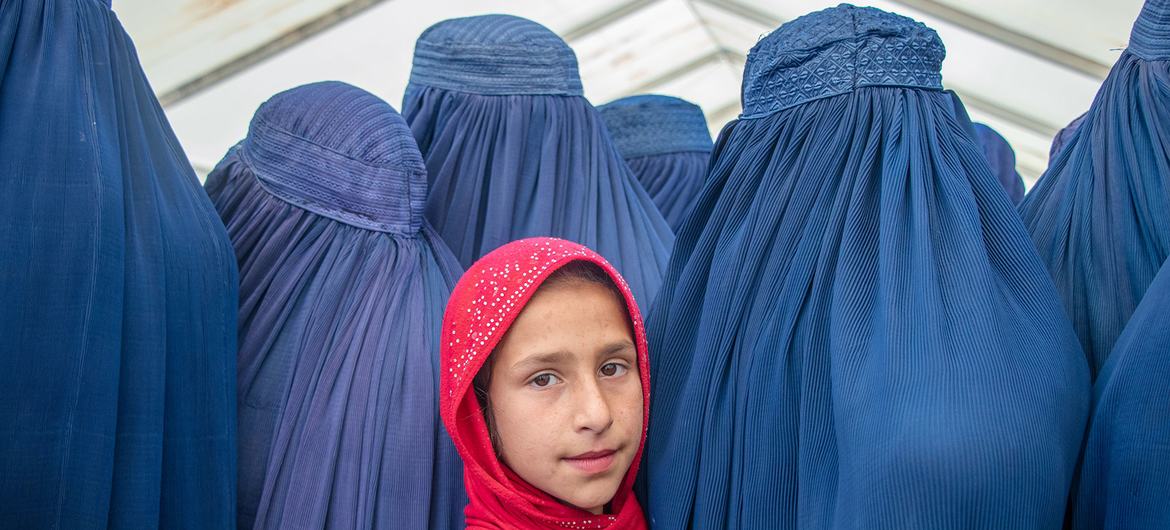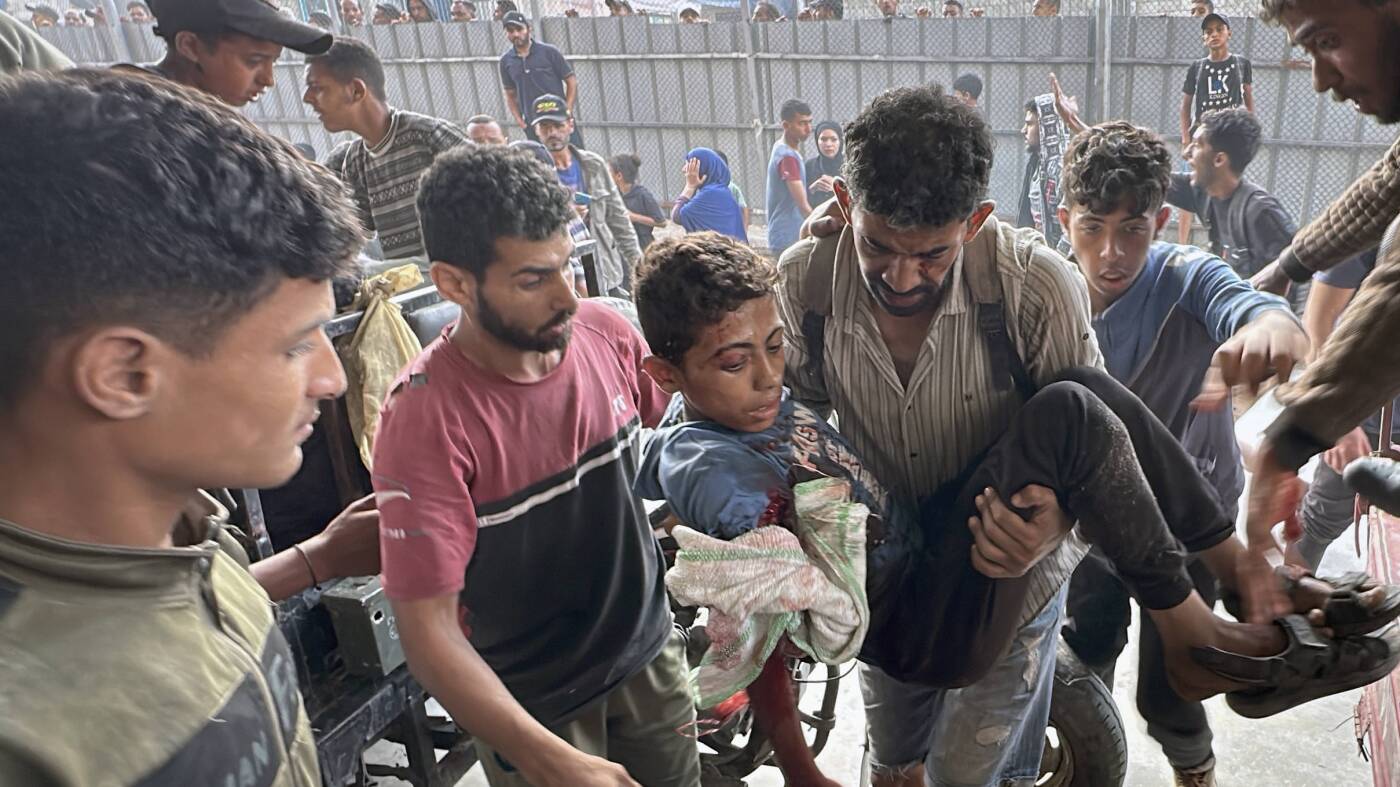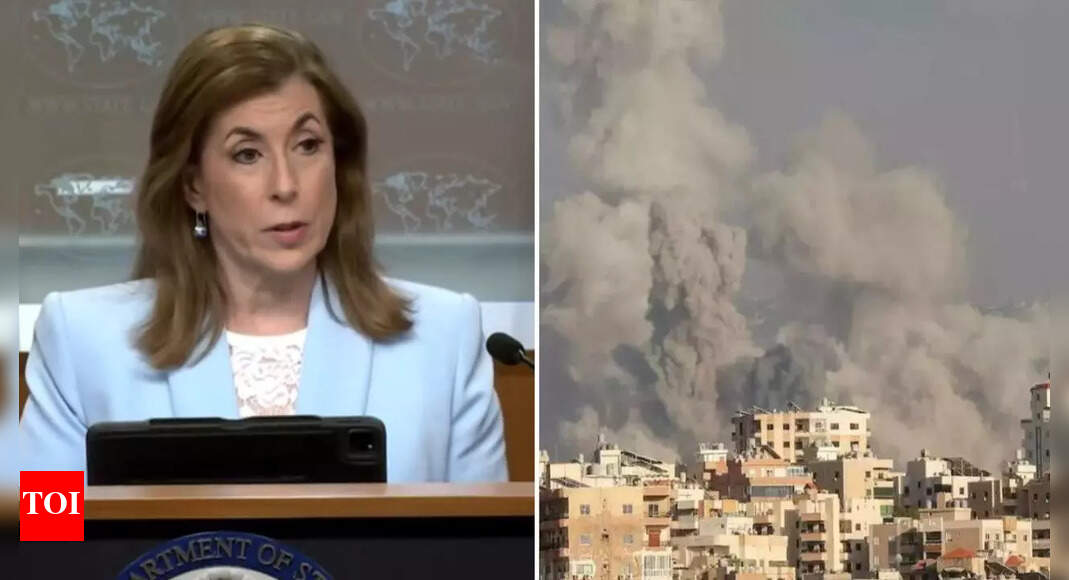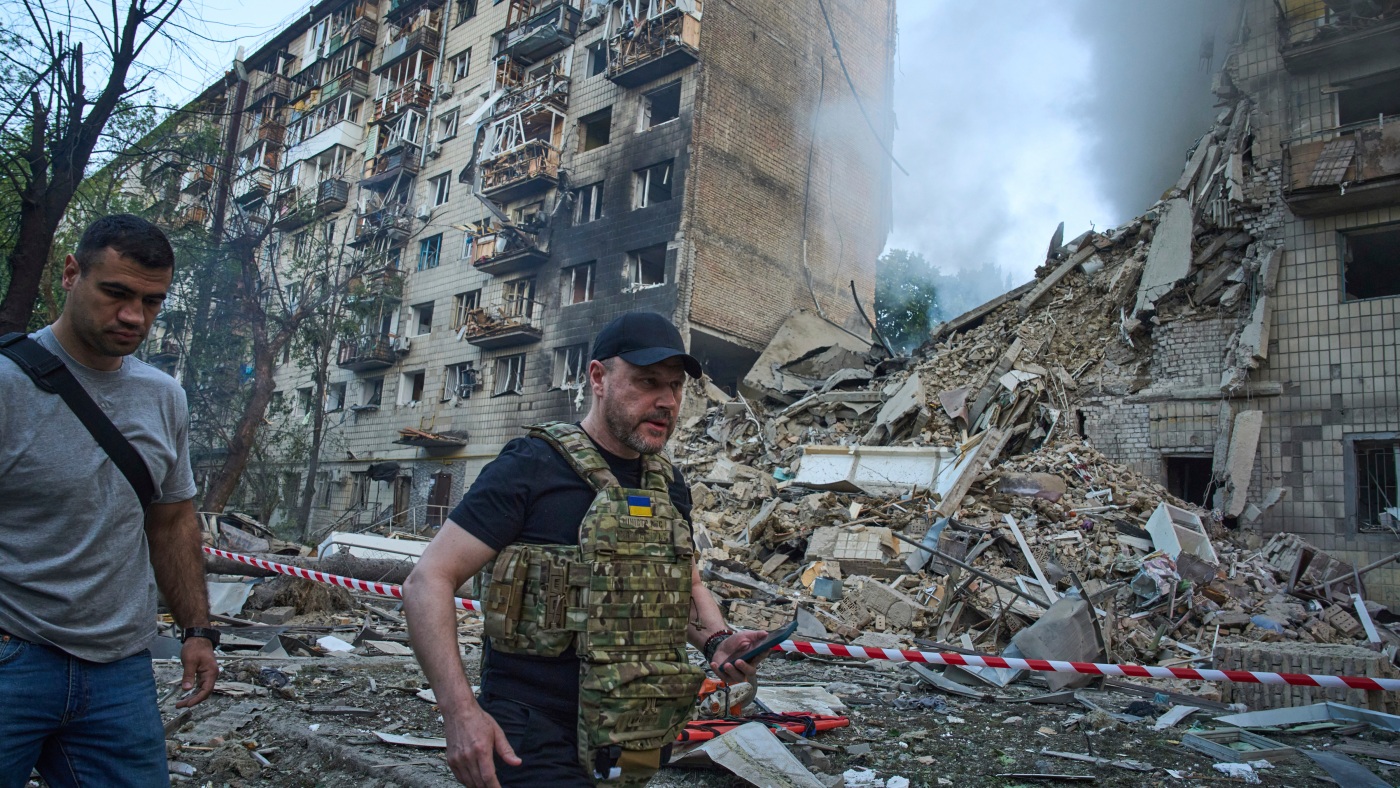“We are walking the fine grey line between operational capacity and full disaster, every day,” said Dr Thanos Gargavanis, WHO trauma surgeon and emergency officer, speaking from the enclave.
The veteran UN medic’s comments came amid new reports on Tuesday morning that more Palestinians had been killed trying to access food, this time near an aid distribution site in Khan Younis in southern Gaza.
The mass casualty event left “hundreds of casualties, completely overwhelming Nasser Medical Complex” in Khan Younis, said WHO’s Representative in the occupied Palestinian territory, Dr Rik Peeperkorn.
No-go zone
Across Gaza today, health services are “barely available” and difficult to access, Dr Peeperkorn said, since more than 80 per cent of Gaza’s territory is under evacuation orders.
“The shrinking humanitarian space makes every health activity way more difficult than the previous day,” Dr Gargavanis added.
Nasser Medical Complex is the largest referral hospital in Gaza and the only remaining main hospital in Khan Younis. It is situated within the evacuation zone announced by the Israeli military on 12 June.
The nearby Al-Amal Hospital – operated by the Palestinian Red Crescent Society (PRCS) – continues to provide services to patients already there, but it is unable to admit anyone else because of ongoing military operations.
“It is what we call a completely minimal functional hospital,” Dr Peeperkorn said.
Deadly impact of fuel shortages
Only 17 of Gaza’s 36 hospitals are currently partially functional, medical supplies are critically low and no fuel has entered the Strip for more than 100 days.
The latest mass casualty event is just the latest involving Gazans trying to access aid amid ongoing severe restrictions placed on the amount of aid allowed into the Strip by Israel.
On Monday, more than 200 patients arrived at the Red Cross Field Hospital in Al Mawasi – the highest number received by the facility in a single mass casualty incident. Of that number, 28 patients were reportedly declared dead, WHO’s Dr Peeperkorn said.
Just one day earlier, on 15 June, the same hospital received at least 170 patients, who reportedly had been trying to access a food distribution site.
“The recent food distribution initiatives by non-UN actors every time result in mass casualty incidents,” WHO’s Dr Gargavanis insisted.
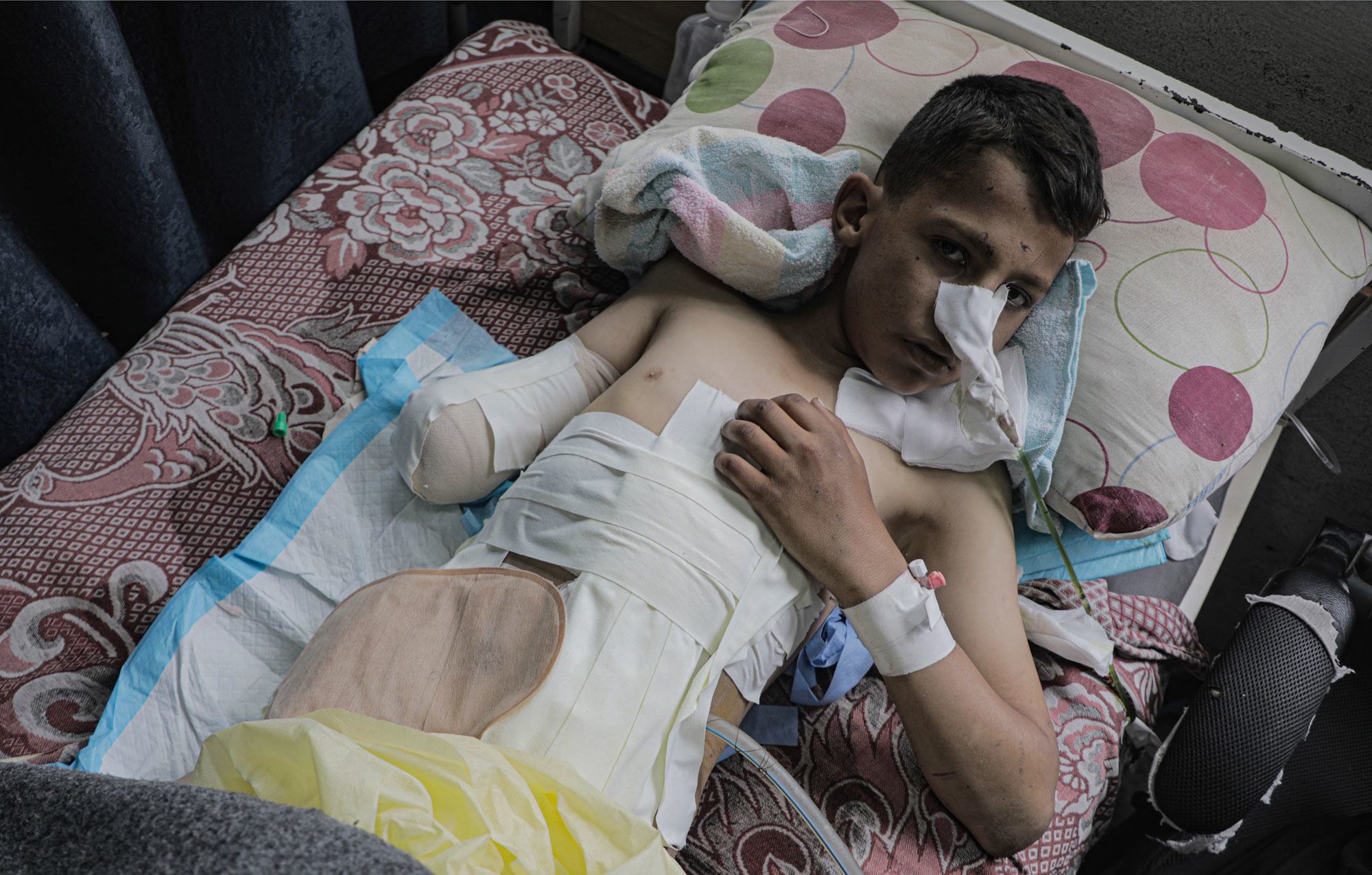
© UNICEF/Mohammed Nateel
A boy receives medical care after being caught in a missile attack in Gaza.
Private aid plan fallout
Since late May, the UN and humanitarian partners have been sidelined in Gaza as a new aid distribution model backed by Israel and the United States began operations under the framework of the Gaza Humanitarian Foundation (GHF), which uses private military contractors.
The WHO trauma surgeon highlighted a “constant correlation” between the locations of food distribution spots and the mass casualty incidents in Rafah, in Khan Younis and along the Netzarim corridor.
Asked about the type of injuries sustained by those seeking aid, and who is responsible, Dr Garavanis stressed that WHO is not a forensic agency.
“We’re not in a position to clearly identify from the nature of the injury” who has caused it, he said. “What we can say, though, is that we’re talking of gunshot wound injuries, and we’re talking of very few incidents of shrapnel injuries.”
The UN has repeatedly warned that the new aid distribution system does not meet humanitarian principles of humanity, impartiality, independence and neutrality. The global body has also called for aid restrictions to be lifted.
Dr Peeperkorn insisted that the WHO must be facilitated to move supplies into Gaza in a cost-effective manner “via all possible routes” to prevent further shutdowns of medical services. He said that 33 WHO trucks with supplies are waiting at Al Arish in Egypt to be granted passage into the enclave, with another 15 standing by in the occupied West Bank.


